Astrolumina QHY Alccd 183c - cooled CMOS Colour Camera, USB3.0
The COLDMOS QHY183C color camera by QHYCCD uses a fantastic back-illuminated CMOS sensor of the latest generation with 20 mega pixels resolution. The back illuminated sensors are always synonymous of high sensitivity and quantum efficiency and are therefore used by professional astronomers but they are often too expensive for amateurs.
Now the QHY183C camera offers not only a back illuminated sensor at a never seen price but also a readout noise of only 1 electron, an outstanding feature that lets you record images with very low electronic noise.
The back-illuminated CMOS image sensor
Sony´s Image Sensor Exmor R is the back-illuminated CMOS image sensor with improved sensitivity and noise reduction, the key factors to enhancing image quality, while radically realigning their fundamental pixel structure from front-illumination to back-illumination. It has retained the advantages of CMOS image sensors such as low power consumption and high-speed operation.
However, compared to conventional front-illuminated structures, back-illuminated structures commonly causes problems such as noise, dark current, defective pixels and color mixture that lead to image degradation and also cause a decrease in the signal-to-noise ratio. To overcome this Sony has newly developed a unique photo-diode structure and on-chip lens optimized for back-illuminated structures, that achieves a higher sensitivity and a lower random noise by reducing noise, dark current and defect pixels compared to the conventional front-illuminated structure.
20 megapixels resolution
Incredible 20 megapixels resolution with 2.4 micron pixels for higher resolution from your telescope. The compact pixels are perfect for short focal length telescopes, such as apochromatic refractors but also for high magnification planetary and lunar imaging, thanks to fast QHY183C electronics that allows you to record 15 images per second at maximum resolution of 5544 x 3694 pixels. Thanks to these features, together with the efficient cooling system, the QHY183C is the camera that can do everything from long exposure for deep-sky objects to high magnification imaging of planets and the Moon.
Cooling and anti-fog system
The QHY183C camera has an efficient cooling system with two-stage Peltier cell that allows you to lower the temperature of the sensor down to -40°C above the ambient temperature. Furthermore, the integrated heating plate in the camera prevents fogging of the optical window in front of the sensor even in conditions of high humidity.
Glow suppression and 128MB integrated memory
Thanks to development work of QHYCC, the QHY183C has a new integrated system for the glow suppression that may occur in long exposures. In addition, the built-in 128 MB high-speed DDR memory allows buffering of images to avoid loss of frames, making this camera perfect for use even with low-performances control computer.
Good storage is an important preventive measure against dew and also extends the service life
After use, put the camera straight into the TS Protect Case and add some silica gel. During storage, the silica gel absorbs the moisture from the camera. At the same time, the penetration of moist room air is prevented. Dry storage can even partially regenerate the small desiccant tablets in cooled cameras. Your camera or accessories are always ready for you in optimum condition. You can find the silica gel and the case in our product recommendations.
The cameras are not airtight, so if the camera remains on the telescope, it is exposed to moisture. The small amount of desiccant in the camera can protect the sensor and the inside of the protective glass from moisture for the duration of the exposure, but not for days on end. Moisture problems can be the result. A simple trick is to stretch a plastic bag around the focuser to which the camera is attached so that no air can get in. Silica gel is placed in a small cloth bag inside the plastic bag. This will also create a "dry climate zone" for the camera on the telescope. This allows you to leave the camera on the telescope for a few days for an imaging session lasting several days.
In the medium and long term, however, this is no substitute for proper storage in an airtight case with silica gel.
Viac z kategórie
Technické údaje
| Kategória: | Astro kamery |
| Typ snímača: | Farebný |
| Hlavné využitie: | Planéty, Deep-sky objekty, Mesiac, Slnko (len s filtrom!) |
| Snímač - diagonála: | 16,0 mm |
| Rozlíšenie snímača: | 20 MP |
| Veľkosť pixelu: | < 4 µm |
| Bitová hĺbka (ADC): | 12 bit |
| Aktívne chladenie: | Áno |
| IR-cut filter: | Nie |
Poradíme vám
Po - Pia 11.00 - 14.00h
Dalekohlady.EU
Spoľahlivý slovenský e-shop
-
Výborné referencie -
Doprava zadarmo -
Vrátenie do 14/30 dní -
Produkty skladom -
(Po)záručný servis



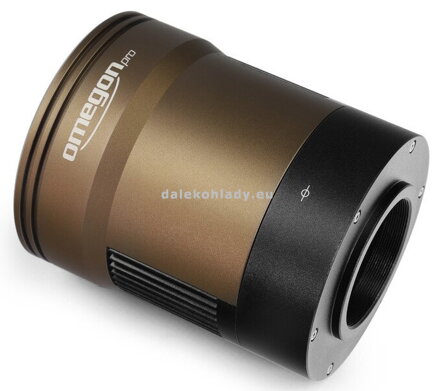

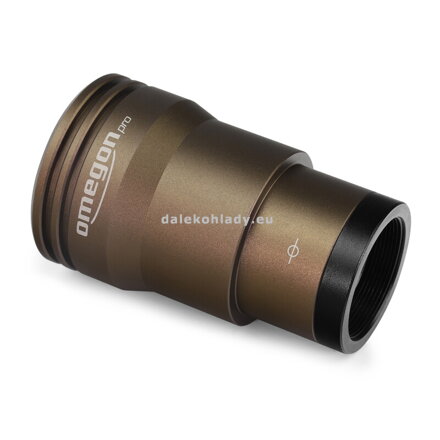
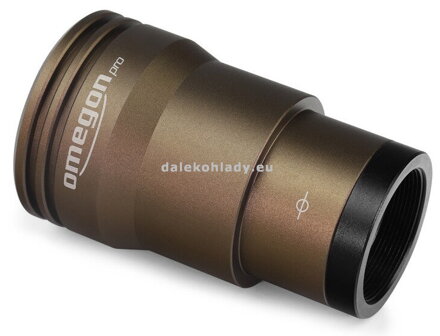


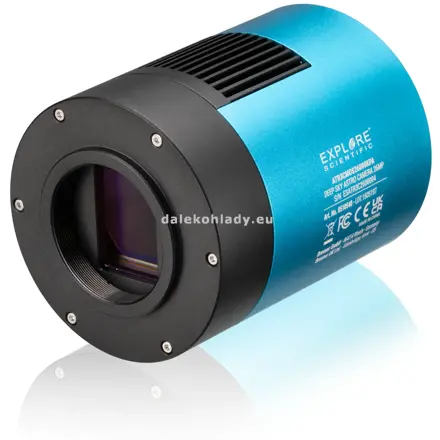

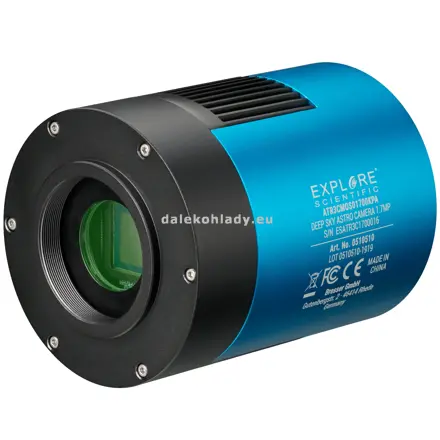
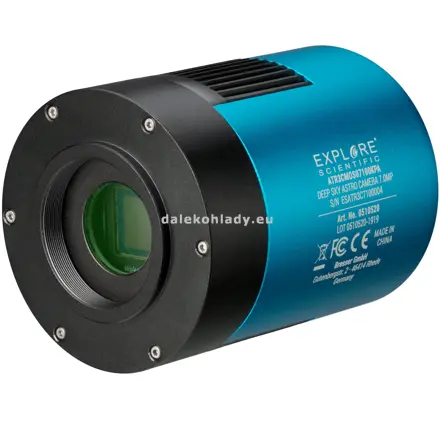
Nový komentár